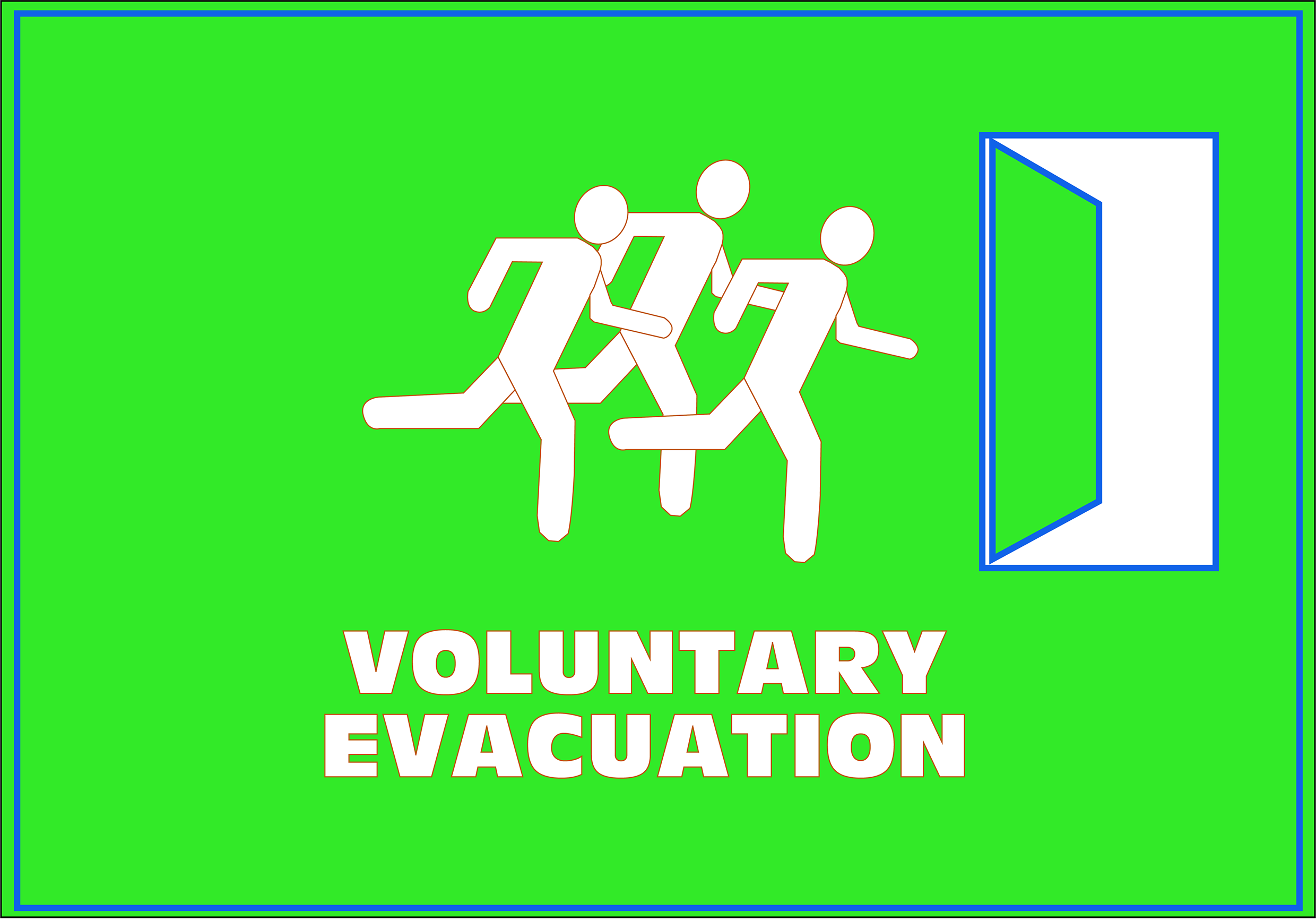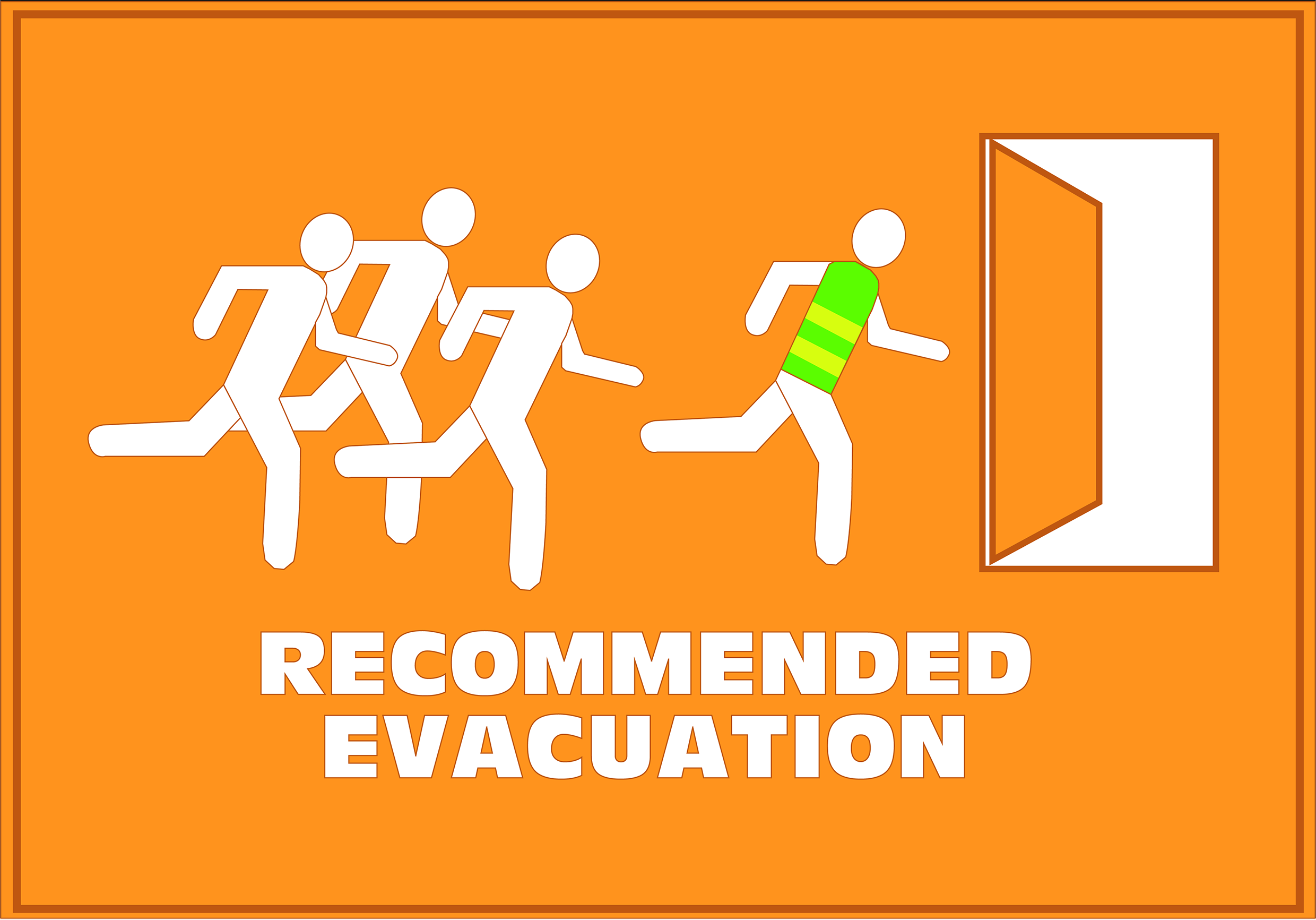
Disaster Management Manual
A manual for practitioners and decision makers!

Disaster Management Manual
A manual for practitioners and decision makers!
Several important factors should be considered when making a decision to evacuate an area, but the primary consideration is the potential risk to lives and property. The type of evacuation will be based on the situation. Evacuations are generally classified as one of three types:


